Invented by Kurt Iver Kamrud, Janssen Pharmaceuticals Inc
Recombinant Virus Replicon Systems (RVRS) have emerged as a powerful tool in the field of molecular biology and biotechnology. These systems allow for the efficient replication and expression of foreign genes within a host cell, making them invaluable in various applications such as vaccine development, gene therapy, and protein production. As a result, the market for RVRS and their uses has been steadily growing in recent years.
One of the key factors driving the market growth is the increasing demand for vaccines. RVRS offer a promising approach for vaccine development, as they can be used to produce large quantities of viral antigens without the need for live viruses. This not only reduces the risk of viral contamination but also allows for the rapid production of vaccines during outbreaks or pandemics. As a result, pharmaceutical companies and research institutions are investing heavily in RVRS technology to develop vaccines against various infectious diseases.
Another significant application of RVRS is in the field of gene therapy. Gene therapy aims to treat genetic disorders by introducing functional genes into the patient’s cells. RVRS can be used to efficiently deliver therapeutic genes into target cells, enabling the production of therapeutic proteins and correction of genetic defects. With the increasing prevalence of genetic diseases and advancements in gene editing technologies, the demand for RVRS in gene therapy is expected to witness substantial growth in the coming years.
Furthermore, RVRS have also found applications in the production of recombinant proteins. Proteins are essential components in various industries, including pharmaceuticals, diagnostics, and biotechnology. RVRS offer a cost-effective and scalable method for producing recombinant proteins in large quantities. This has led to their widespread adoption by biopharmaceutical companies and research institutions for the production of therapeutic proteins, enzymes, and other biologics.
The market for RVRS is also driven by technological advancements and research collaborations. With the rapid progress in molecular biology and genetic engineering, new and improved RVRS platforms are being developed, offering enhanced efficiency and safety. Additionally, collaborations between academic institutions, pharmaceutical companies, and government bodies are fostering research and development in this field, leading to the discovery of novel applications and expanding the market potential for RVRS.
However, the market for RVRS is not without challenges. One of the major concerns is the regulatory framework surrounding the use of RVRS in human therapies. As RVRS involve the use of viral components, ensuring their safety and efficacy is of utmost importance. Regulatory bodies such as the Food and Drug Administration (FDA) in the United States have stringent guidelines for the development and approval of RVRS-based therapies, which can pose challenges for market players. Overcoming these regulatory hurdles and establishing a robust safety profile will be crucial for the widespread adoption of RVRS in clinical settings.
In conclusion, the market for Recombinant Virus Replicon Systems and their uses is witnessing significant growth due to the increasing demand for vaccines, gene therapy, and recombinant proteins. The potential of RVRS in these applications, coupled with technological advancements and research collaborations, is driving market expansion. However, regulatory challenges need to be addressed to ensure the safe and effective use of RVRS in human therapies. With ongoing research and development efforts, RVRS are poised to revolutionize the fields of medicine and biotechnology, offering new avenues for disease prevention, treatment, and protein production.
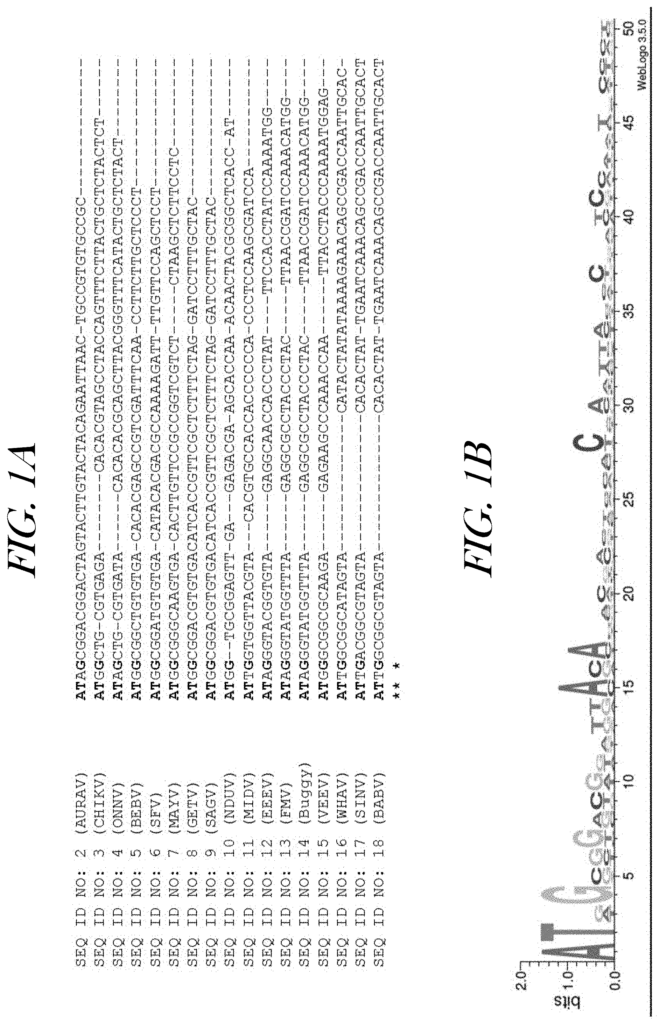
The Janssen Pharmaceuticals Inc invention works as follows
The present disclosure relates in general to viral-based systems for producing molecules of interest. The disclosure is a nucleic acids construct, such as an expression vector, that contains a modified replicon-RNA, which includes a 5?-untranslated region (5??-UTR), and optionally at least part of the original viral sequence encoding structure proteins has been deleted. “Also disclosed are methods of producing polypeptides that are of interest.
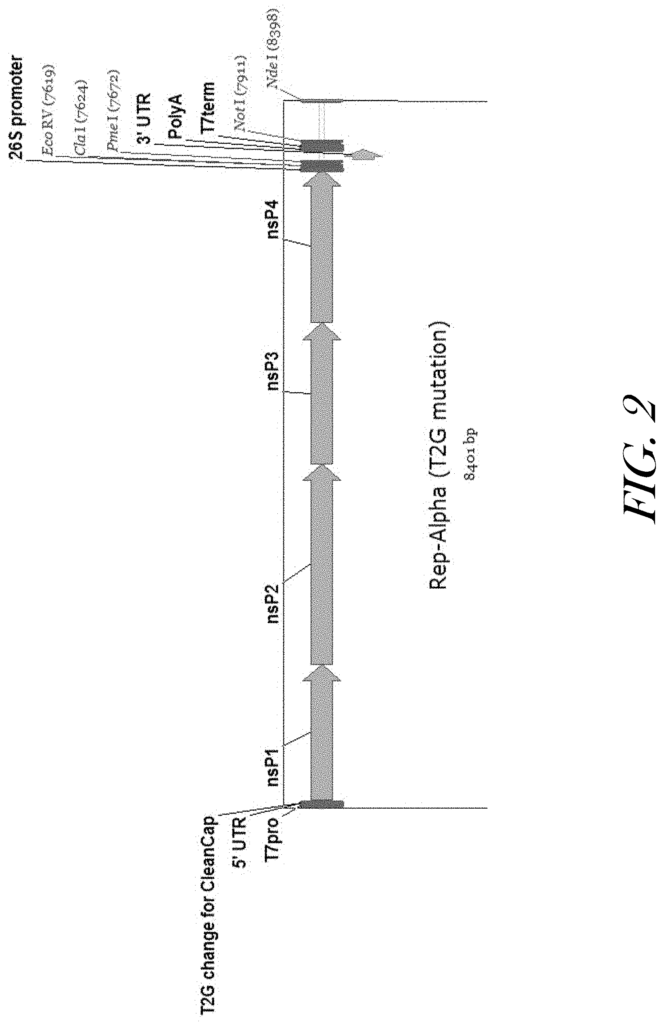
Background for Recombinant Virus Replicon Systems and their Uses
Some Definitions
Alphaviruses
Nucleic Acid Molecules
Recombinant Cells
Methods of Producing Polypeptides”.
Recombinant Polypeptides
Compositions
EXAMPLES
Example 1
General Experimental Procedures
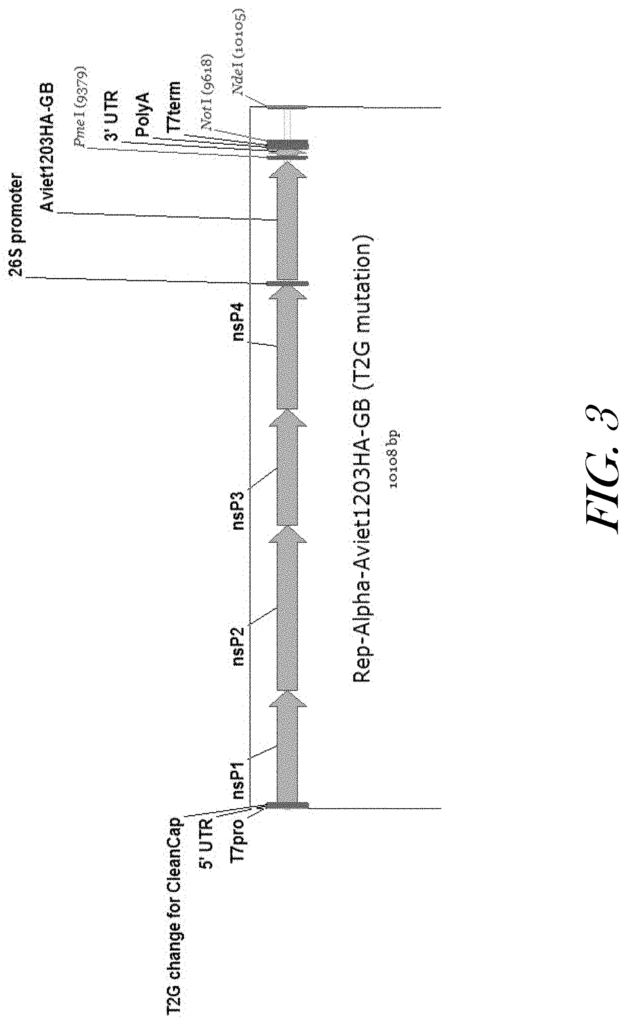
In Vitro Transcription
Transfection Analysis and Transfection
Example 2
5?-UTR Sequence modifications
Example 3
U2->G substitution in the 5?UTR does not affect biologic activity of modified VEEVHA Replicon”.
Example 4
U2->G substitution in the 5?UTR enhances expression of GFP reporter by three folds
Example 5
U2->G substitution in the 5?UTR enhances expression of rFF reporter by 2 folds
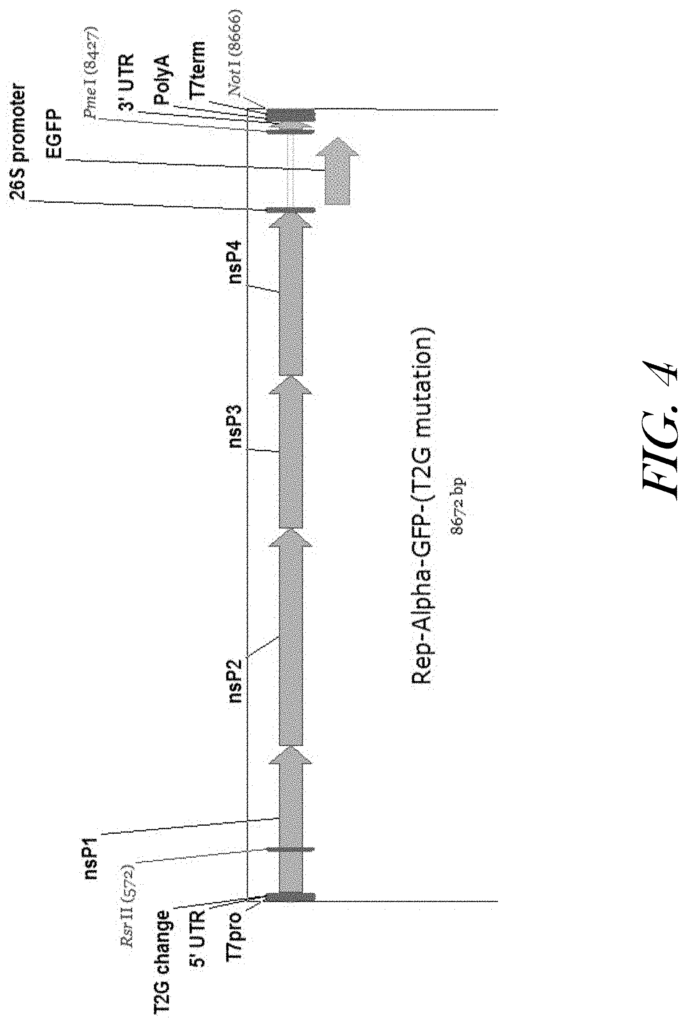
Example 6
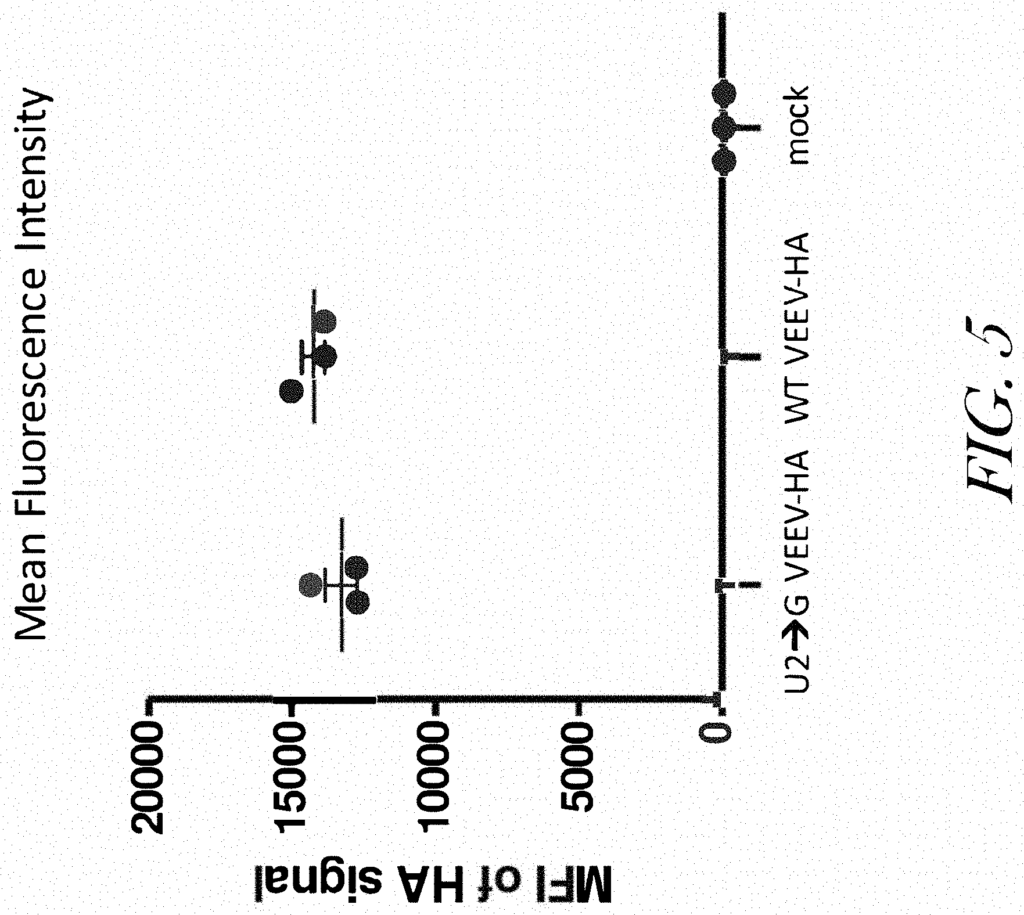
Click here to view the patent on Google Patents.
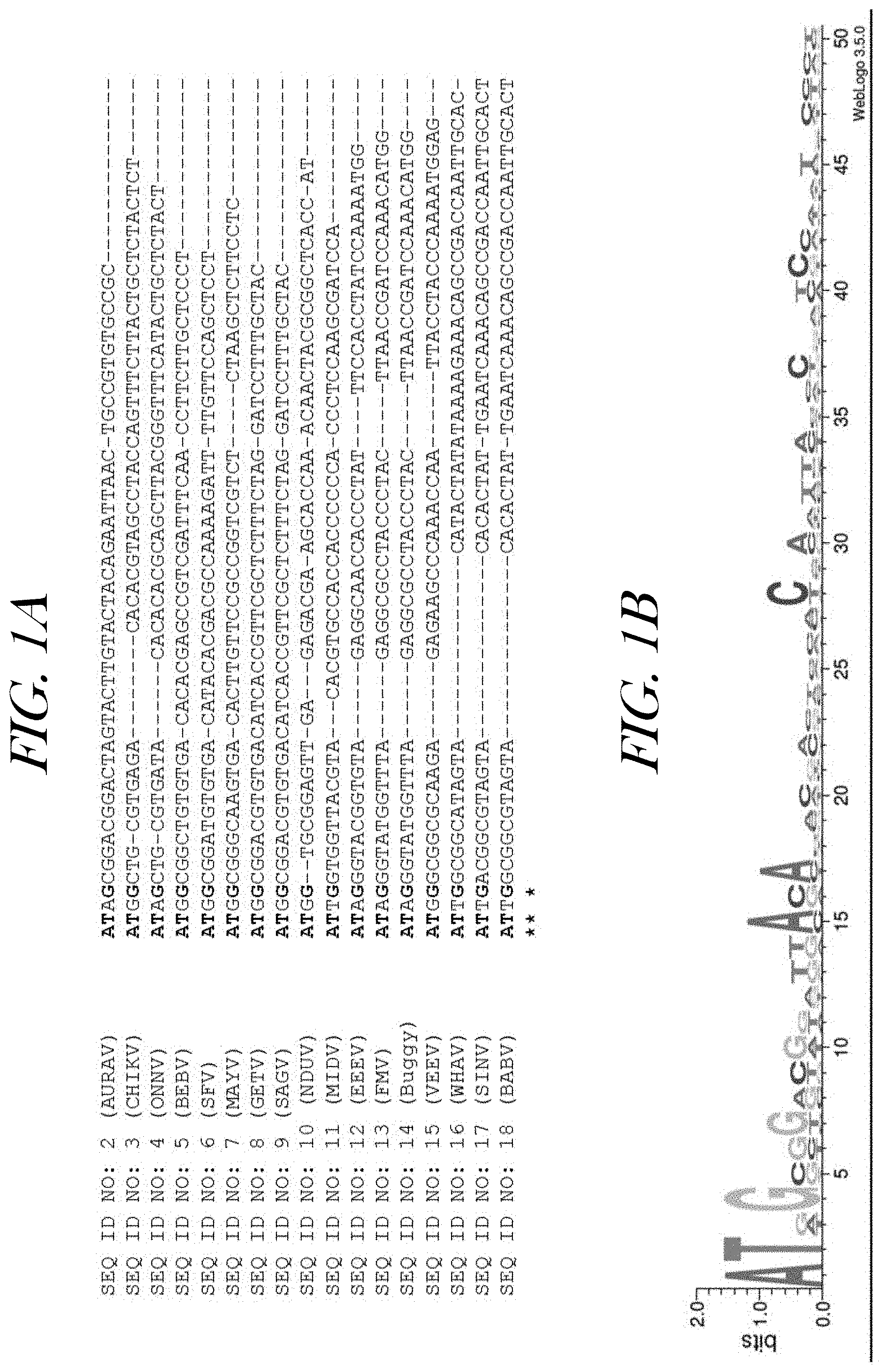
Leave a Reply